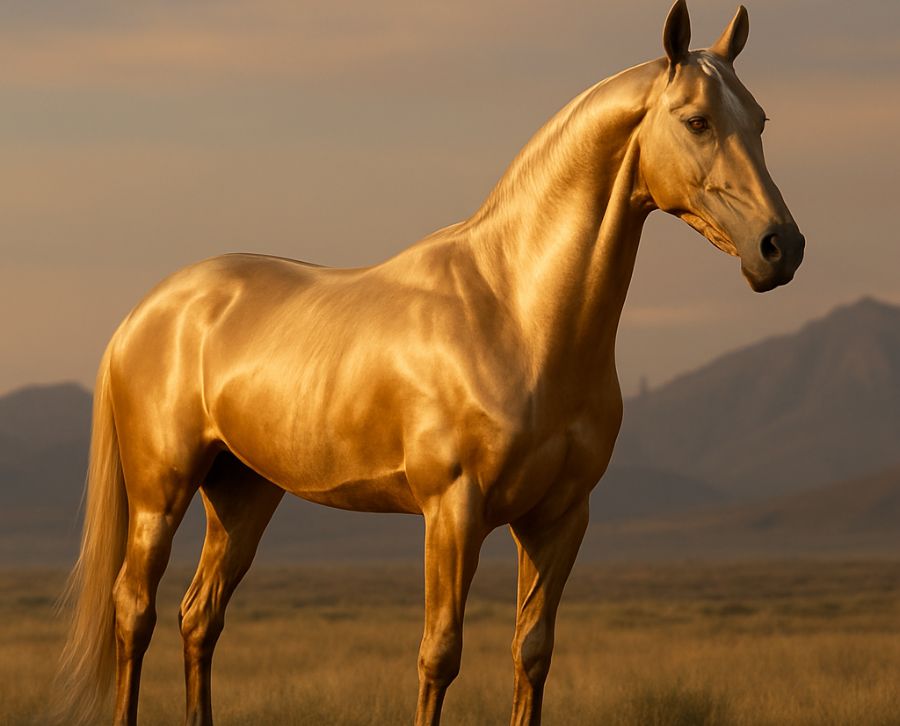The equestrian world goes beyond horses, since another of the great protagonists is the foal, an animal full of vitality, strength, energy and a lot of potential. An animal full of vitality, strength, energy and a lot of potential. Care and maintenance is essential in the stud farm. Would you like to know more about this animal? Do you know how it grows and what is its role in the equestrian world?
In this article, at Equspaddock, as experts in the manufacture of equestrian elements, we explain in detail everything about this animal: from its care to its importance in the world of equestrian competition.
Learn more about foals, an animal with a lot of energy and motivation!

Development and breeding of the foal in the equestrian world
This animal goes through different stages of development and growth, from its gestation, which make it an indispensable element in the horse and equestrian world. For this reason, we explain in detail each stage of its life.
Key stages of foal growth
The following are the stages of development of the foal:
– Gestation. In general, the gestation process of a mare is usually around 11 months.
– Birth. When the foal is born, it usually weighs between 40 and 50 kg and measures about 90 centimeters. And it is in the first hours that the bound with their mother is consolidated.
– Weaning. This phase is known as the moment when the foal weans from its mother. Therefore, from this moment on, it is necessary to take care of its feeding to ensure its healthy growth.
– Growth. After weaning, around its first six months of life, it grows and increases its size until it reaches around 80% of its height.
– Sexual maturity. At two or three years of age, it reaches this moment, when it is necessary to decide whether it will compete or reproduce.
Feeding and care for a healthy development
Proper feeding and care are essential for the animal to grow healthy and on time. For example, its food should be rich in nutrients and based on fodder and feed. In terms of care, it is important to have regular veterinary check-ups. It is also advisable for the foal to be able to run and exercise in order to exercise, strengthen its muscles and be healthy.
Early training: preparing future champions
If it is clear that the animal is going to compete, it is interesting to start basic training between the first year and a half or two years of life. For example, it can perform cantering or trotting exercises with the rider to familiarize itself with the equipment.
Foals respond well to competitions, so it is interesting to prepare and exercise them appropriately according to the type of test they will be doing. At Equspaddock we are aware of the importance of developing efficient training for the development of the foal, which is why we are specialists in the manufacture of equestrian products.
Socialization and first steps in training
One of the most important elements when competing in equitation is socialization. The animal must get used to being in contact with people, other horses and animals, different environments… in this way its character will be much more docile and it will be able to adapt much better to the competitions.
Introduction to riding the foal: methods and techniques
When introducing them to this type of sport, it is very important that the animal trusts their rider, and this is achieved with hard work and a lot of effort. For this, it is important that different exercises are carried out, such as: work on foot, where the rider and the foal walk together to become familiar with the competition equipment; riding in freedom, in an enclosure where the foal can run freely and get to know the environment; and, finally, socialization, where it has contact with other horses and animals.
Genetic selection: the art of foal breeding
However, are all horses suitable for competition? It is true that any foal can be trained with dressage and daily exercise, but there are some that, due to genetics, have a better predisposition.
How to select foals with potential for equestrianism
If you are wondering how to choose a foal to compete, it depends on different factors: genetics, precision in movements and posture. In other words, it is as much about his presence as it is about his dexterity.
The importance of bloodlines in sport performance.
On the other hand, genetics is an important factor, as lineage also has an influence. For this element is key to defining your physical aptitudes and temperament. Therefore, their sporting history depends as much on their parents as on their grandparents and ancestors.
The foal, ideal to compete
This animal is, without a doubt, essential in equestrian and equestrian competitions. However, it is important to take good care of it from a young age, to pay attention to it, to give it all the necessities and, above all, to train it to compete from a young age. In this way, success in competition will be much more likely.
Teamwork between the foal and the rider, as well as a correct equestrian training for foals, are key to achieve success in any equestrian discipline.





